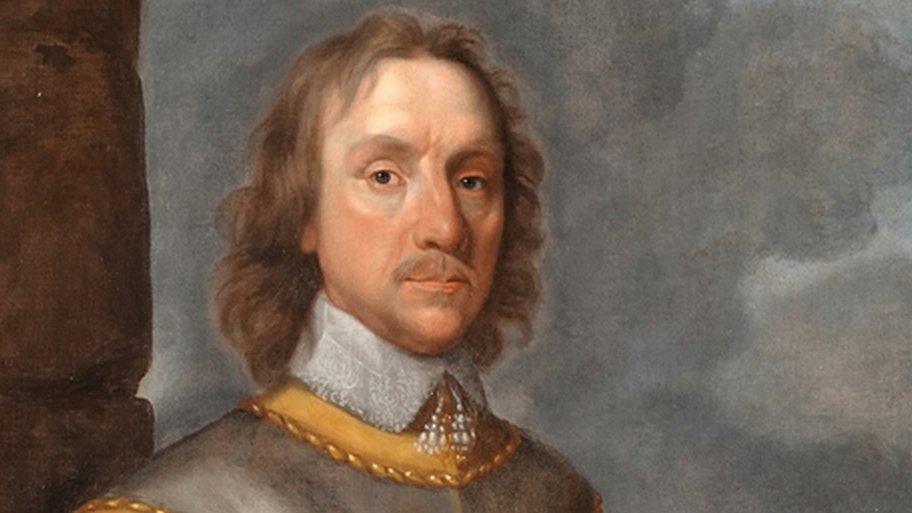The macabre tale of Oliver Cromwell's head
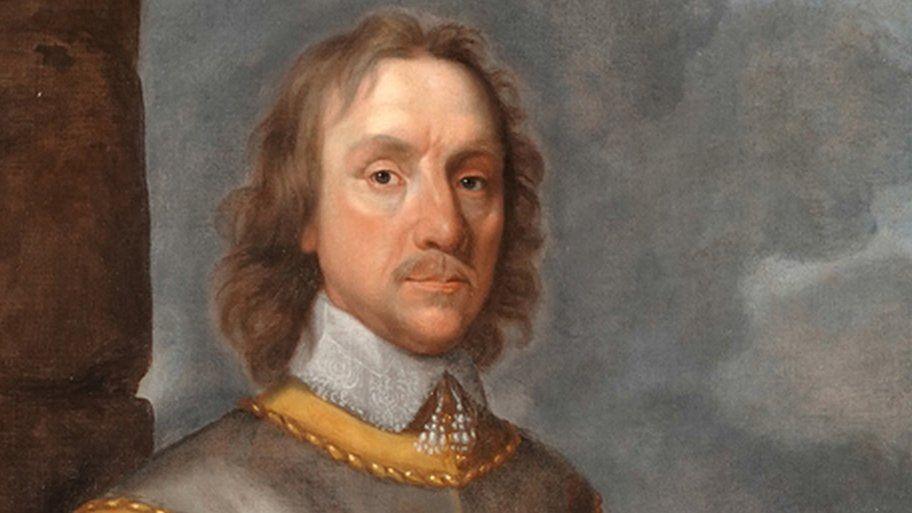
Cromwell's unexpected military ability elevated him to the top ranks of the Parliamentarian leadership during the Civil Wars
- Published
The macabre tale of Oliver Cromwell's head is a story "so strange that you couldn't possibly make it up".
It is the subject of an exhibition at the Cromwell Museum in Huntingdon, which is dedicated to the life of the 17th Century statesman.
He was lucky enough to die of natural causes – unlike his predecessor, Charles I – but once the monarchy was restored in 1660, his body was exhumed and for centuries his head was a travelling tourist attraction.
"The grisly story of what happened to Oliver Cromwell's corpse is one that seems to fascinate visitors and has been one of our most requested subjects for a special exhibit," said Stuart Orme, curator of the Cambridgeshire museum.
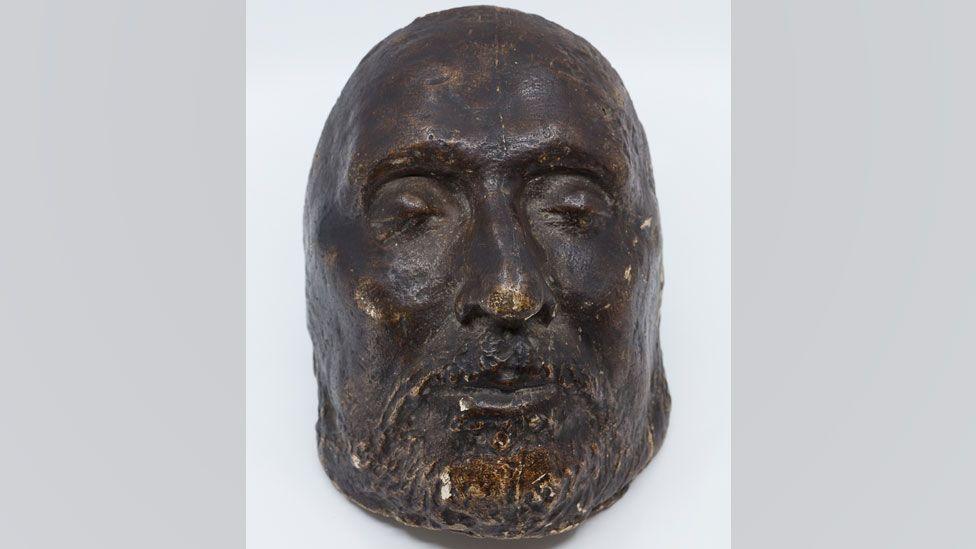
The display will include one of Oliver Cromwell's funeral masks, a likeness cast after his death
Cromwell grew up in Huntingdon and was an obscure landowner until he rose to prominence in the Civil Wars.
He played a major role in the trial and execution of Charles I in 1649 and became Lord Protector in 1653.
Mr Orme said: "Weeks after his death in 1658, one of the most elaborate state funerals of the 1600s was carried out in his memory."
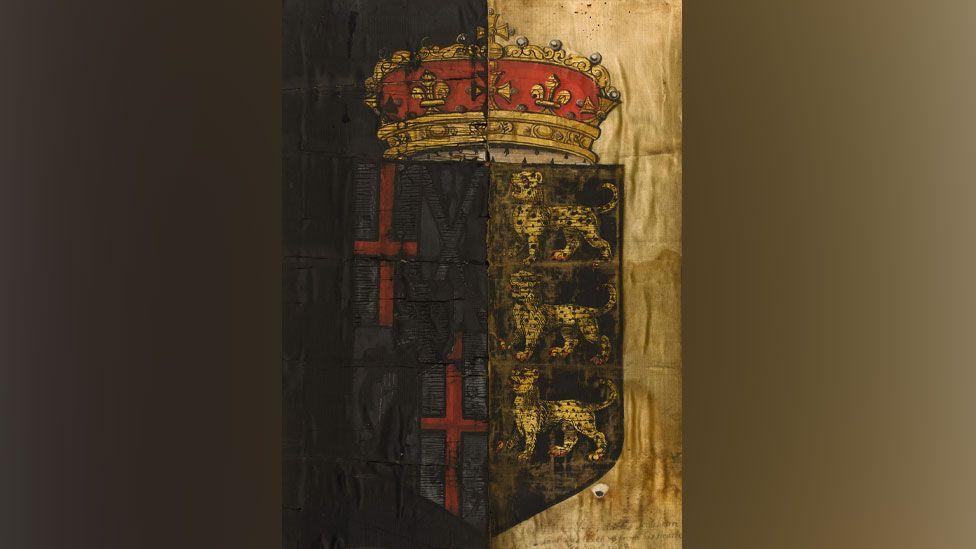
The funeral banner – known as an escutcheon – is painted with his arms as Lord Protector of England, Scotland and Ireland and topped by the royal crown
When Charles II returned to the throne two years later he issued a general pardon to those who had fought against his father.
It did not include the Regicides – the name given to the men who signed Charles I's death warrant or were active in his trial – 10 of whom were hanged, drawn and quartered, external.
Others fled abroad and hid from the King's agents, in a story recently explored by Robert Harris in his novel Act of Oblivion.
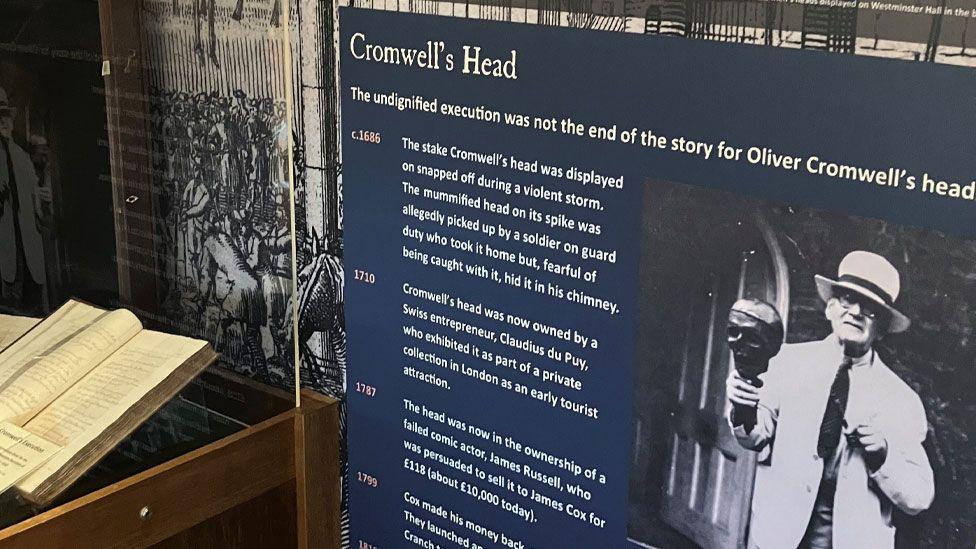
The exhibition runs until March
Charles II could not execute Cromwell but he could exhume his corpse.
"With two others, it was ceremonially hung at Tyburn in London," said Mr Orme.
"It was cut down [and] beheaded, and the severed head displayed at Westminster for two decades before being stolen."
It spent centuries as a tourist attraction, investment item and object of curiosity, until Sydney Sussex College, Cambridge, interred it in 1960.
"The display gives a fascinating window into a story which is often so strange that you couldn’t possibly make it up," Mr Orme said.
The exhibition includes rarely-seen artefacts, such as a banner displayed at Cromwell's funeral, one of his death masks, a catalogue from a 1799 exhibition of his head and the key to the box in which it is buried.
Cromwell's Head runs at the museum until 30 March.
How Oliver Cromwell's decapitated head eventually ended up being buried in Cambridge.
Get in touch
Do you have a story suggestion for Cambridgeshire?
Follow Cambridgeshire news on BBC Sounds, Facebook, external, Instagram, external and X, external.
Related topics
Related stories
- Published6 October 2024
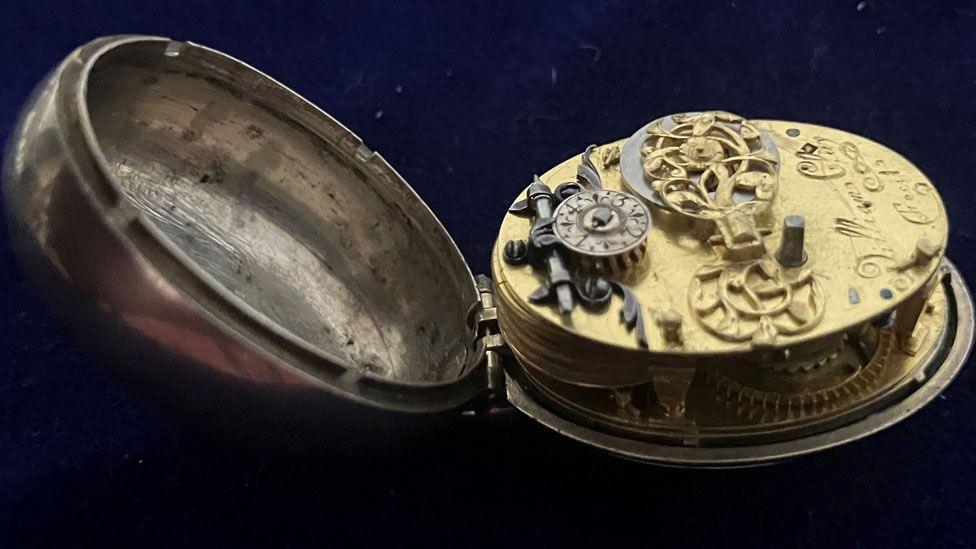
- Published7 September 2024
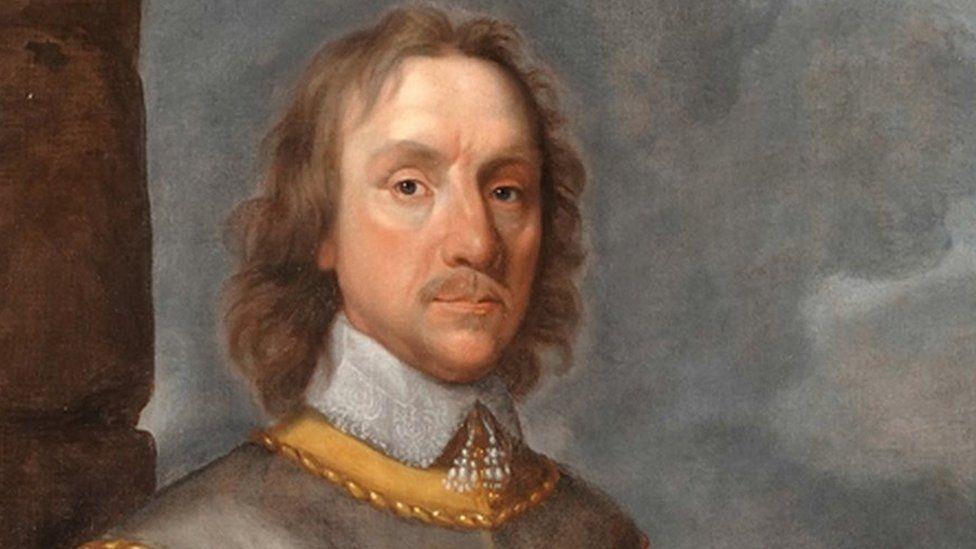
- Published23 September 2023
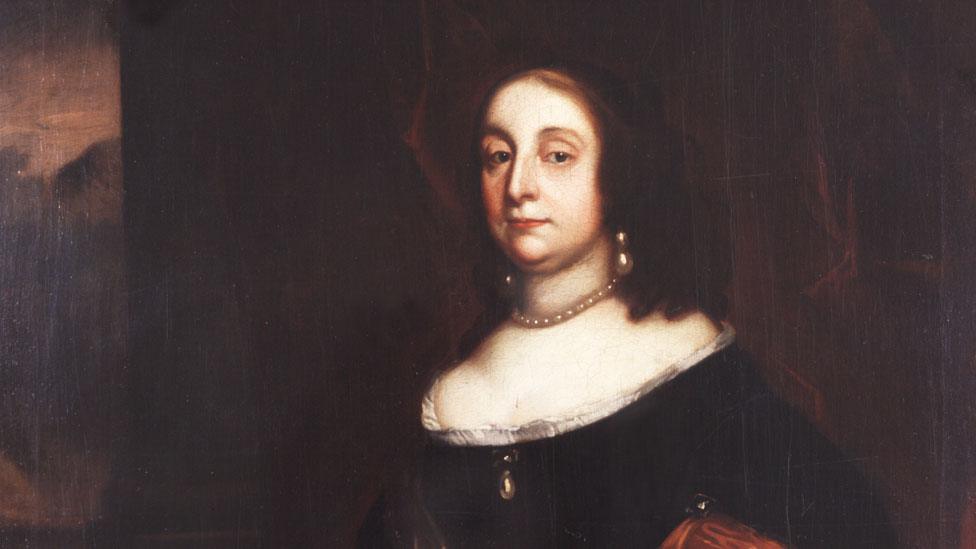
- Published24 October 2022
